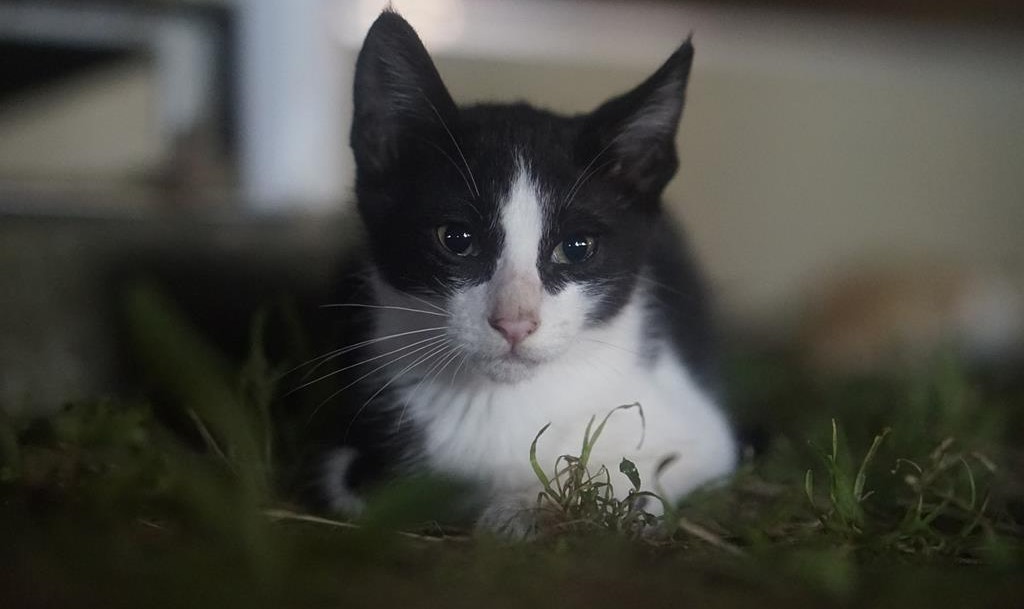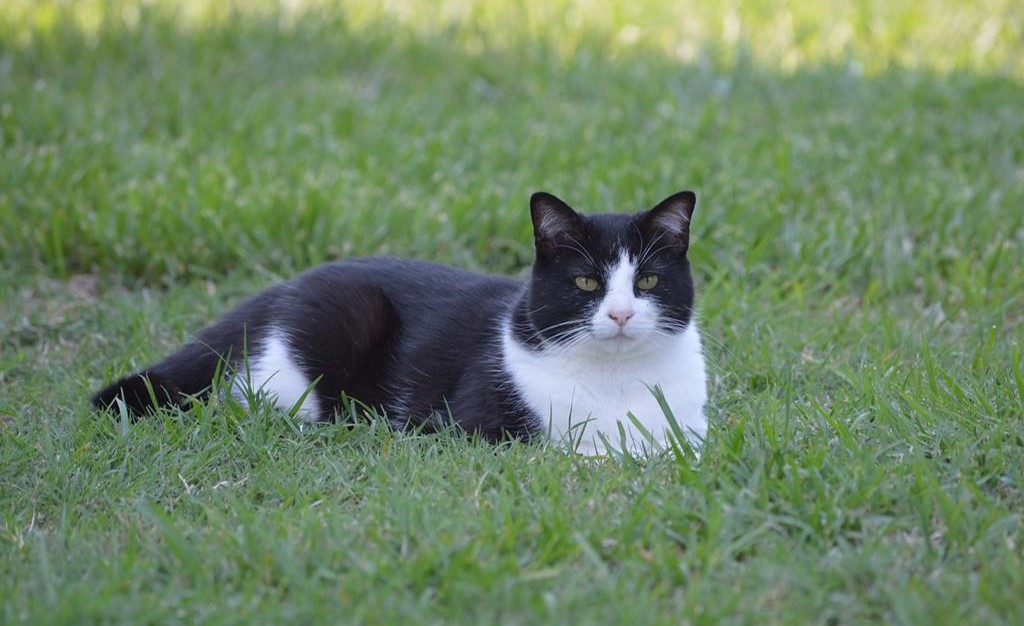Stray cats, also known as feral cats, are a common sight in urban and rural environments. While many people find these free-roaming felines endearing and often want to offer them assistance, it’s essential to understand the potential health risks associated with interacting with stray cats. Stray cats can carry various diseases that can be transmitted to humans and other animals, highlighting the importance of responsible handling and care.
What diseases do stray cats carry?
Zoonotic diseases are those that can be transmitted between animals and humans. Stray cats are potential carriers of several zoonotic diseases, which underscores the necessity of cautious interactions. Here are some of the notable diseases carried by stray cats:
- Toxoplasmosis: Stray cats can carry the protozoan parasite Toxoplasma gondii, which causes toxoplasmosis. While most healthy individuals may experience mild flu-like symptoms or none at all, pregnant women and individuals with weakened immune systems need to be cautious, as the infection can be more severe.
- Cat Scratch Disease: Caused by the bacterium Bartonella henselae, cat scratch disease is transmitted through scratches or bites from infected cats. Symptoms include fever, swollen lymph nodes, and fatigue. It’s important to teach children how to handle cats gently to avoid scratches.
- Rabies: Although relatively rare, stray cats can carry rabies, a viral disease that affects the central nervous system. Rabies can be fatal to both animals and humans. Avoid approaching or handling unfamiliar animals to prevent the risk of rabies transmission.
- Ringworm: Contrary to its name, ringworm is a fungal infection that affects the skin, hair, and nails. Stray cats can carry the fungi responsible for ringworm, which can easily be transmitted to humans through direct contact.
- Feline Immunodeficiency Virus (FIV) and Feline Leukemia Virus (FeLV): These viruses affect cats’ immune systems and can lead to severe health issues. While FIV and FeLV primarily affect cats, there’s a slight risk of transmission to humans through deep bite wounds or scratches.

Prevention and Responsible Handling
While the potential health risks associated with stray cats might raise concerns, it’s important to note that responsible handling and proactive measures can significantly mitigate these risks. Here are some steps to consider:
- Avoid Direct Contact: Unless you are trained and equipped to handle stray cats, it’s best to avoid direct contact. This includes refraining from touching, petting, or attempting to pick up unfamiliar cats.
- Vaccination and Medical Care: If you decide to provide care for a stray cat, consult a veterinarian for vaccinations, deworming, and overall health assessments. This can help reduce the risk of disease transmission.
- Personal Hygiene: After any interaction with animals, especially stray cats, wash your hands thoroughly with soap and water. This practice is essential for preventing the transmission of potential pathogens.
- Avoid Feeding Raw Food: While feeding stray cats might seem like a kind gesture, avoid offering raw or undercooked food, as it could carry risks of disease transmission. Commercial cat food is a safer option.
- Spaying and Neutering: If you’re considering long-term care for a stray cat, consult a veterinarian about spaying or neutering to control the stray cat population and improve the cat’s health.
FAQ: Diseases Carried by Stray Cats
1. Q: What are some common diseases carried by stray cats?
A: Stray cats can carry diseases such as toxoplasmosis, cat scratch disease, rabies, ringworm, feline immunodeficiency virus (FIV), and feline leukemia virus (FeLV), among others.
2. Q: Can I get sick from petting a stray cat?
A: While the risk is relatively low, petting a stray cat can potentially transmit diseases through direct contact. It’s advisable to wash your hands thoroughly afterward to minimize the risk.
3. Q: Can I adopt a stray cat without worrying about diseases?
A: It’s essential to take precautions when adopting a stray cat. Consult a veterinarian for vaccinations, deworming, and health assessments to ensure the cat’s well-being and minimize disease transmission risks.
4. Q: What is toxoplasmosis, and can I get it from a stray cat?
A: Toxoplasmosis is caused by the parasite Toxoplasma gondii. Stray cats can carry this parasite, and while most healthy individuals might not show symptoms, pregnant women and those with weakened immune systems should be cautious due to potential complications.
5. Q: What is cat scratch disease, and how is it transmitted?
A: Cat scratch disease is caused by the bacterium Bartonella henselae. It can be transmitted through scratches or bites from infected cats. Symptoms include fever, swollen lymph nodes, and fatigue.
6. Q: Can stray cats carry rabies, and how dangerous is it?
A: While rare, stray cats can carry rabies, a viral disease that affects the central nervous system. Rabies is serious and can be fatal. Avoid contact with unfamiliar animals to prevent the risk of transmission.
7. Q: How can I help stray cats while avoiding disease risks?
A: To help stray cats while minimizing disease risks, avoid direct contact, wash your hands after any interaction, and consult a veterinarian for vaccinations and health assessments if you decide to provide care. Feeding commercial cat food and spaying/neutering are also recommended for long-term care.
Remember that responsible handling and informed decisions are key to protecting both your health and the well-being of stray cats.
Conclusion
Stray cats, while often appearing as lovable and independent creatures, can carry diseases that pose risks to both humans and other animals. Understanding these potential health hazards is crucial for making informed decisions about interacting with and caring for stray cats. By following responsible handling practices and seeking veterinary care, we can strike a balance between helping these felines and safeguarding our health.



